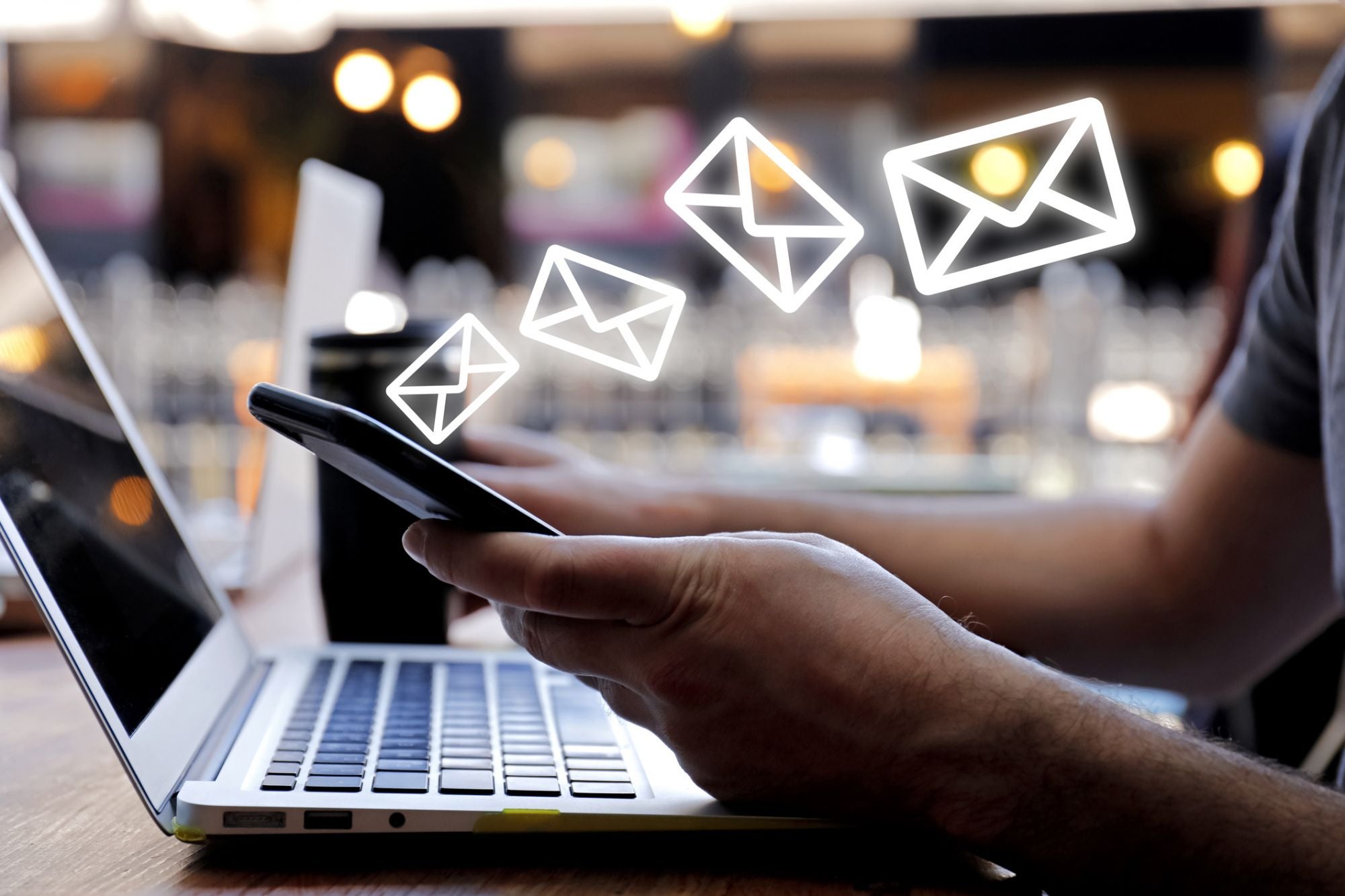
Look at your own inbox. The answer is staring at you.
4 min read
Cold emails are one of business’s greatest paradoxes. We all know what bad cold emails look like — after all, we receive and delete them all the time — but we can’t seem to stop ourselves from sending bad ones, either. We see mistakes, and then we repeat them.
It’s time to stop that cycle. Cold emails are an unfortunate necessity; we’ll always need to reach people we’re not connected to. But the secret to sending a great email isn’t hidden: It’s sitting right there in your own inbox. All you need to do is look, consider what makes you respond to emails and then repeat that for other people.
Related: 3 Cold Email Strategies With High Response Rates
To illustrate this, I recently ran an experiment on LinkedIn. I asked my followers to tell me two things:
1. What people cold-email them about the most.
2. What someone can cold-email them about that will always make them reply.
The responses followed a pattern. See if you can spot it.
Lauren Hattendorf, who works in marketing in Los Angeles, said that she mostly gets cold emails about “software or a program that’s irrelevant to me or the company.” The emails she’s most likely to respond to, however, are “personalized and sent to me exclusively; not a mass email filled in by a mail merge. The email should prove that the writer has done their research and has looked at my LinkedIn profile.”
Matt Van Hoven, co-founder of Raven Public Relations in Nashville, said he mostly gets cold emails about “technology to support my business,” but the ones he responds to the most are “something that specifically supports making my work better/more efficient that is directly relatable.”
Andrea Hecker, an account and project manager in Grand Rapids, Mich., said she gets cold emails mostly about “new raw materials/componentry in the manufacturing world,” but the emails she’s most likely to respond to are “non-carded, personalized and sincere emails that are followed up with a LinkedIn request.”
Consider what’s happening here. The emails these people receive the most are focused on the sender’s needs; they all want something. The emails people respond to the most are focused on the recipient’s needs; they all give something.
Related: The Keys to Writing Reminder Emails That Work
This is true for me, too. The emails I get the most ask some variation of “Can I be a contributor to Entrepreneur.com?” But the emails I’m most likely to respond to include a specific compliment about my work, whether it’s Entrepreneur magazine, a podcast, an article, my novel or something else. I ignore the repetitive emails in which many people want the same thing from me. I reply to the ones that show a genuine interest in what I do. (For the record: I’m not the guy to talk to about contributing to the website. Check our guidelines.)
What can we learn from this? Simple: When you reach out cold, be generous and personal. Provide value, and make someone feel valued. When you give someone what they want, you’re closer to getting what you want.
Now, of course, we don’t cold email people just to be nice. We need things! But before you hit send, imagine the inbox of the person you’re about to contact. Will your email be part of their noise — just another similar request, another easy thing to ignore? If so, stop. Play better odds. Think about their needs, not just yours. Open a dialog. Get that response. Then, once you’ve connected, you’ll have a better shot at getting what you want, too.

Comments are Closed